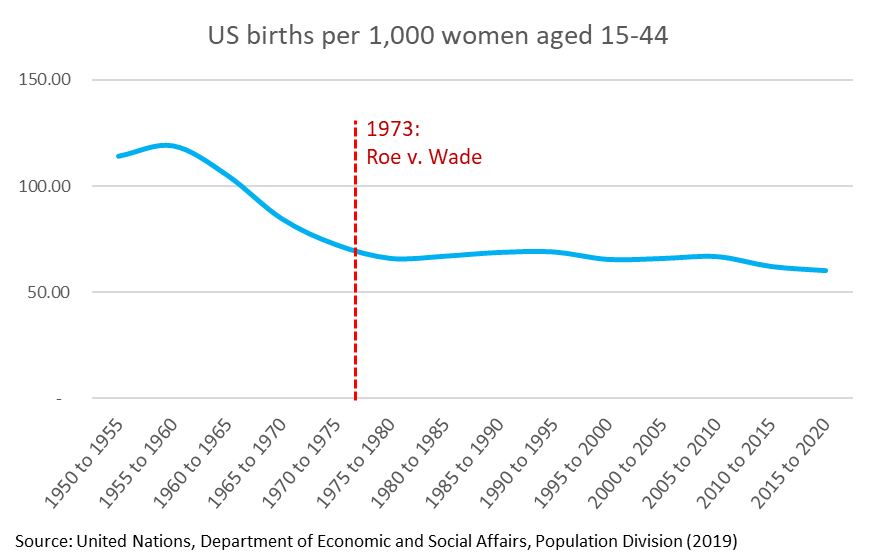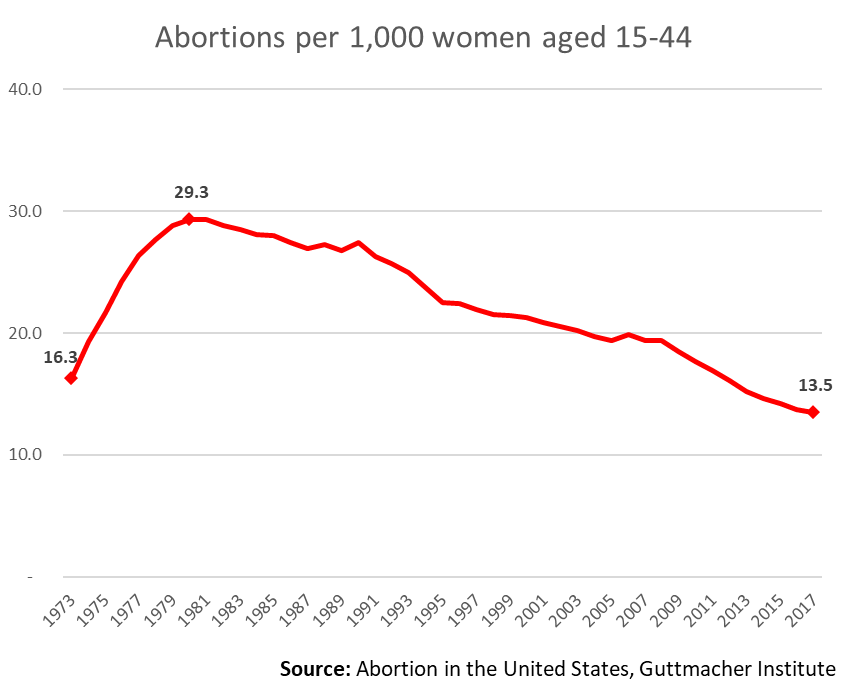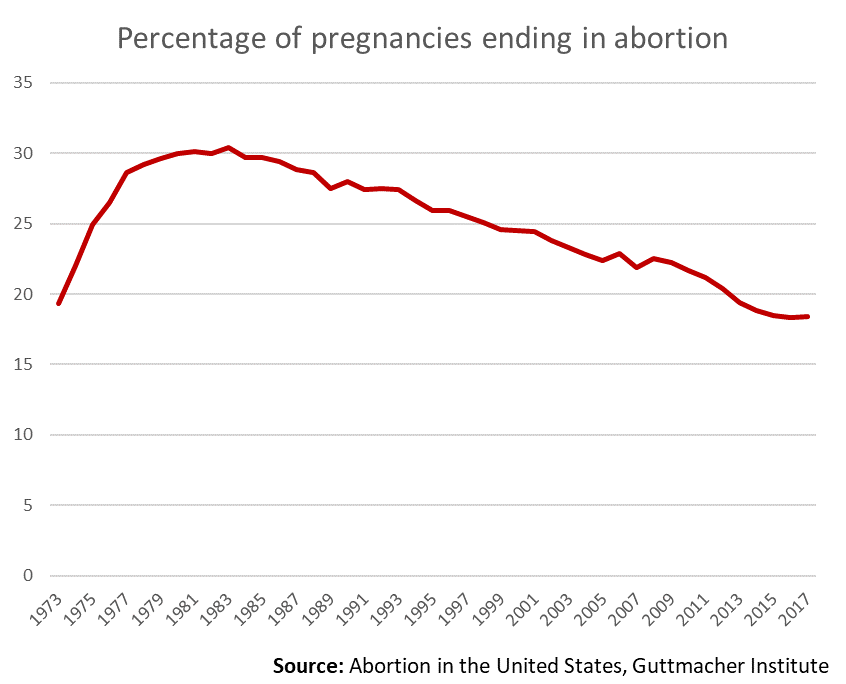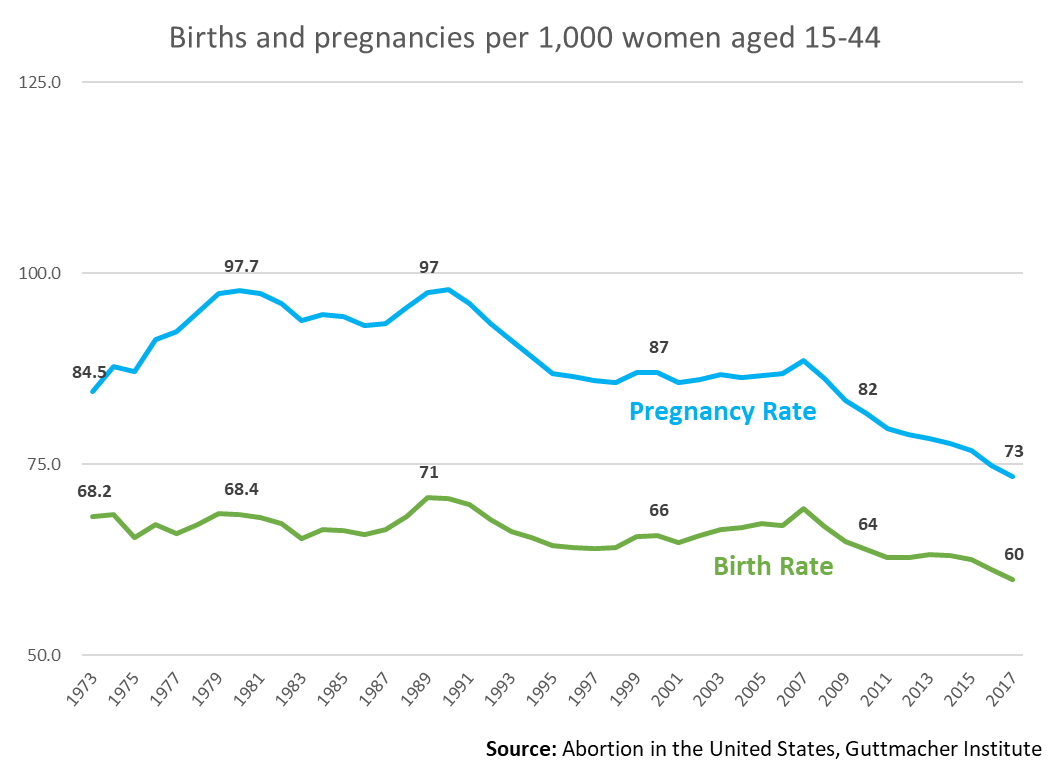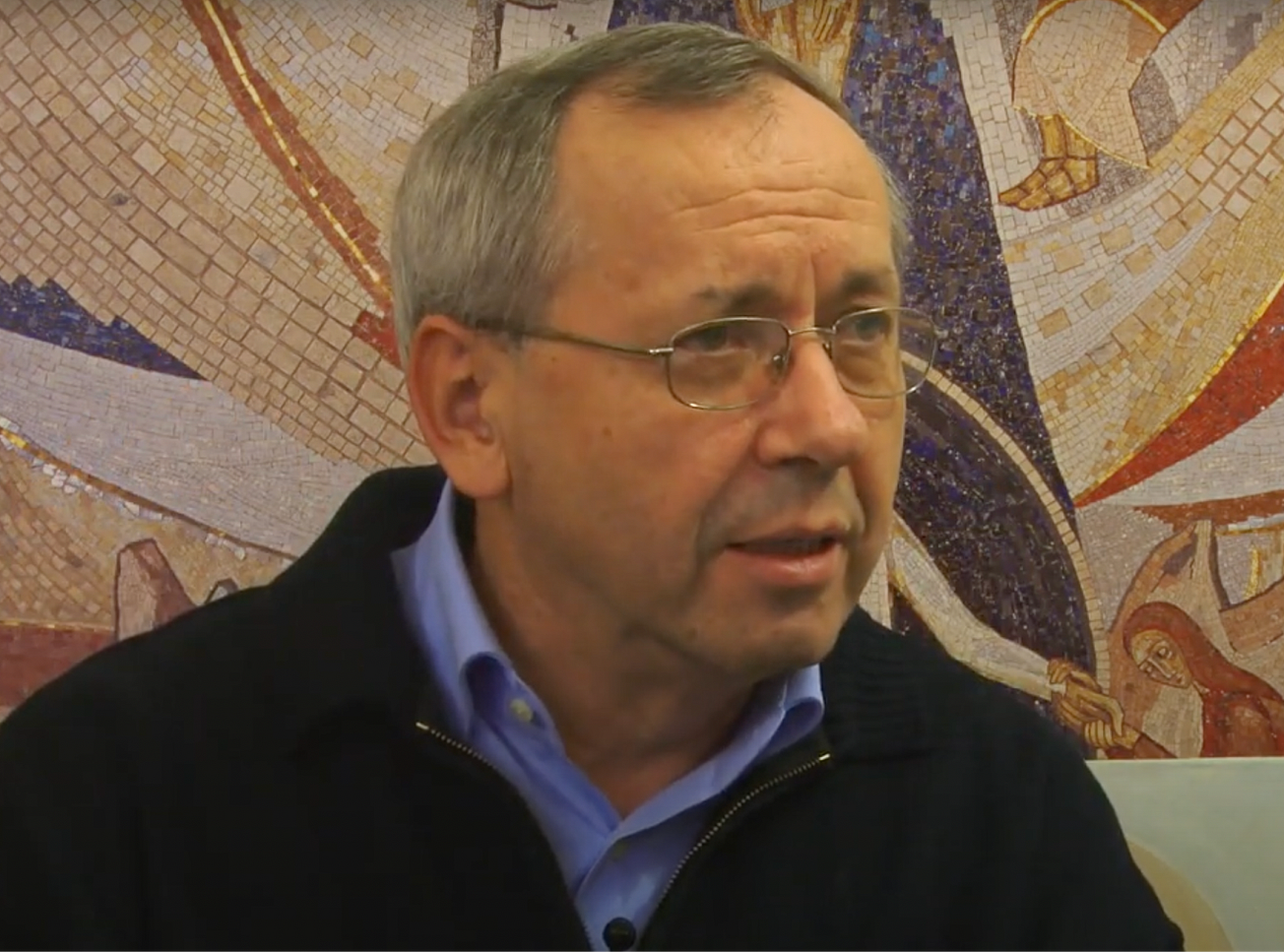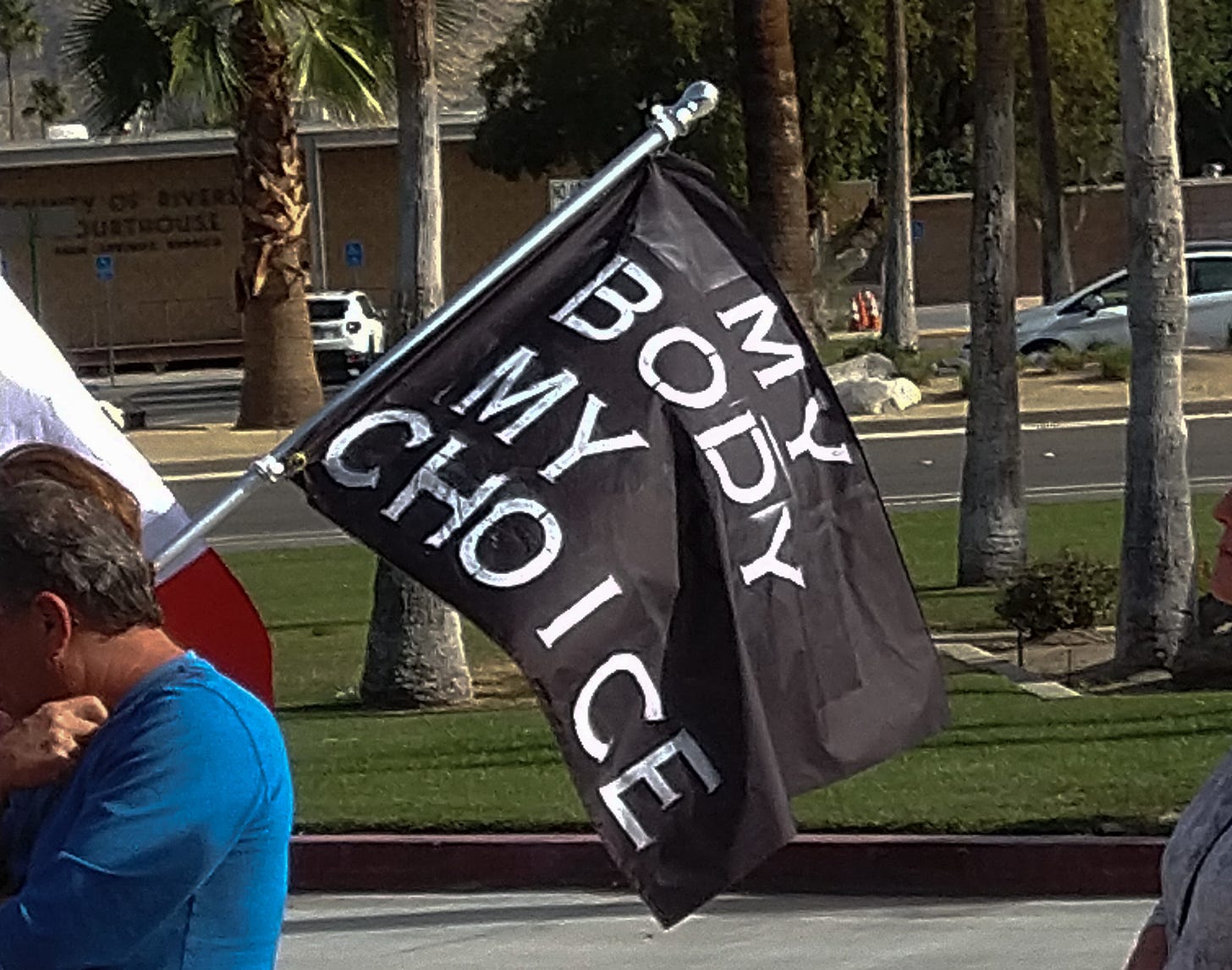
With last week’s leak of a draft Supreme Court opinion that would reverse the landmark Roe v. Wade abortion decision, there is new and urgent focus on what a post-Roe world might be like. Advocates both for and against abortion have emphasized that less access to abortion will mean an increase in “unwanted” children for whom society must be prepared to care.
But an examination of U.S. data from the period after Roe, during which abortion became legal nationwide, shows that widespread abortion access was actually correlated to an increase in pregnancies, while the birth rate itself remained flat — rather than leading to a decline in the birth rate, as might have been predicted.
Sex and the ‘Summer of Love’
The Supreme Court’s Roe v. Wade decision was handed down on January 22, 1973, during a period of rapid cultural, legal, and demographic change.
The “Summer of Love” in 1967, four and a half years before, had been one highly visible manifestation of a cultural change which had been accelerating throughout the twentieth century. According to data compiled from multiple surveys in a paper for the National Opinion Research Center, among Americans reaching adulthood in the 1930s 71% of women and 26% of men did not have sex prior to getting married. For those who came of age from the mid 1970s to mid 1980s, 20% of American women and 14% of American men said they did not have sex before marriage.
Beginning in 1972, the General Social Survey asked respondents whether they believed having sex prior to marriage was wrong. In that year, only 27% said that premarital sex was “not at all wrong.” but 10 years later, in 1982, that number had increased in 43%.
In 1965, the Supreme Court found a “right to marital privacy” in the case Griswold v. Connecticut, striking down laws which had restricted the sale of contraceptives.
Two years later, in 1967, California passed what was then one of the most permissive abortion laws in the nation, allowing abortion in cases where pregnancy represented a grave threat to the mother’s physical or mental health, or in cases of rape or incest. With legal and cultural standards moving quickly, in 1970 New York State passed an abortion law legalizing abortion on demand throughout the first 24 weeks of pregnancy.
By the time the U.S. Supreme Court ruled in Roe v. Wade three years later, a total of 20 states allowed abortion in at least some circumstances. A mere six years has passed between California’s restrictive legalization of abortion and Roe substantially removing legal restrictions everywhere.
At the same time those cultural and legal changes were taking shape, a transition was occurring in American family demographics.
The post-war years of the 1950s and early 1960s had seen the “Baby Boom,” with the highest birth rates since the 1920s. In the latter half of the 1960s the birth rate began to fall. By the time of Roe v. Wade in 1973, the number of annual births per 1,000 women aged 15-44 had dropped to 66, the level where it would remain for the next 35 years.
Abortion might have been a part of this decline, but a much wider use of contraception across the country was a bigger factor.
Indeed, abortion can certainly not have been the primary factor — The reduction in birth rate from the late 1950s to the early 1970s represented 2.2 million fewer births, while the Guttmacher Institute (the research arm of Planned Parenthood) estimates that in 1973 there were 745,000 abortions.
Since the peak of the baby boom, women had begun to marry later and wait longer to have their first child. Between 1950 and 1955, 218 out of every 1,000 U.S. women aged 20 to 24 gave birth annually. By 1970 to 1975, the birth rate for women in their early 20s had dropped 39%, to 132 women per 1,000.
Post-Roe: A spike in abortions, and pregnancies
In the years immediately following Roe, the number of abortions performed in the United States increased rapidly. From 745,000 in 1973, the number of abortions passed one million in 1975 and reached 1.6 million in 1980. Another 1.6 million children were aborted each year between 1980 and 1991, when the annual number of abortions began to fall.
The total number of abortions in that period represented a significant increase in the number of abortions per woman, and in the share of pregnancies that ended in an abortion.
In 1973, there were 16.3 abortions for every 1,000 women aged 15 to 44. By 1980 that number had increased to 29.3.
Following a similar pattern, the percentage of pregnancies ending in abortion increased from
19.3% in 1973 to a high of 30.4% in 1983.
On the whole, the U.S. birth rate was flat from 1973 to 2010.
But while the birth rate remained virtually unchanged, the pregnancy rate increased significantly in the years after Roe. And abortion rates climbed dramatically in the years soon after the Supreme Court’s decision.
Between 1973 and 1980, the number of births per 1,000 women of typical childbearing age increased slightly, from 68.2 to 68.4. But the number of abortions per 1,000 women - among women of the same age range - increased by 80% in the same time period, from 16.3 abortions per 1,000 women, to 29.3.
After 1980, the abortion rate began to fall slowly. In 2011 the abortion rate dropped below its 1973 level. In 2017 the rate had dropped to 13.5 abortions per 1,000 women aged 15 to 44. The percentage of pregnancies ending in abortion had dropped by that year to 18.4%, lower than in 1973.
While the number of births per 1,000 women of reproductive age increased by 0.2 from 1973 to 1980, the number of pregnancies increased by 13.2. Given the 53 million U.S. women aged 15-44 in 1980, the increase in the number of pregnancies represents 700,618 more pregnancies. And yet, the slight increase in the birth rate resulted in an increase of only 11,173 actual births.
Of the 700,000 additional children who were conceived in 1980, 98% of them were aborted.
Assessing risks after Roe
What does the data about abortion, pregnancy, and childbirth really show?
Roe v. Wade occurred within the context of a period in American history in which sexual mores were rapidly becoming more permissive while people were also seeking to have smaller families than they had in the 1950s and 1960s.
While contraception had recently become much more widely available, all modes of birth control have a failure rate. In the years just after Roe, that failure rate may have been accentuated by the fact that both the forms of contraception and the sexual culture had recently and rapidly changed.
In any kind of risky activity, people balance their choices against how serious the risks they face appear to be. In the case of engaging in sexual activity while not wanting to have children, the wide availability of legal abortion changed the set of risks for consideration.
In 1970 a woman might have faced the risk of becoming a single mother, or seeking out an illegal abortion provider if she became unexpectedly pregnant. But after 1973, Roe offered the promise of a safer and more easily obtained abortion. For people at the edge of one choice or another, this surely changed some women’s choices about sexual activity. For men seeking to pressure women for sex, the promise to pay for an abortion was also a lower risk than the prospect of unexpected fatherhood.
This does not mean that people considered getting an abortion to be a positive option. Nor does it mean that people intended to use abortion as a form of birth control. But economists, philosophers, and psychologists hold that people naturally weigh the various risks facing them and make choices based on them.
In one controversial example of possible unintended consequences, a study of the effect of increasing the availability of Naloxone, a drug which can save lives when administered to people suffering an opioid overdose, suggested that while in individual cases the lives of people suffering from overdoses were saved, the number of people overdosing tended to increase with the availability of treatment, resulting in a similar total number of deaths. The study was controversial among drug treatment experts, but the numbers raised an interesting point about risk assessment.
Roe very well may have had a similar unintended effect upon society, making the danger of unexpected parenthood seem lower, and thus leading to more sexual risk-taking.
Some people who would have given birth in a world without Roe sought abortions instead. Others who took risks they might not otherwise have considered went on to become parents. The net result of those decisions was that the birth rate remained essentially flat from 1973 to 2008, after which it began to decline. And it was not until 2008 that the pregnancy rate would once again drop down to its 1973 level.
During the 35 years of elevated pregnancy rates and flat birth rates after Roe, 15.7 million children were conceived due to the elevated pregnancy rate but never born.


